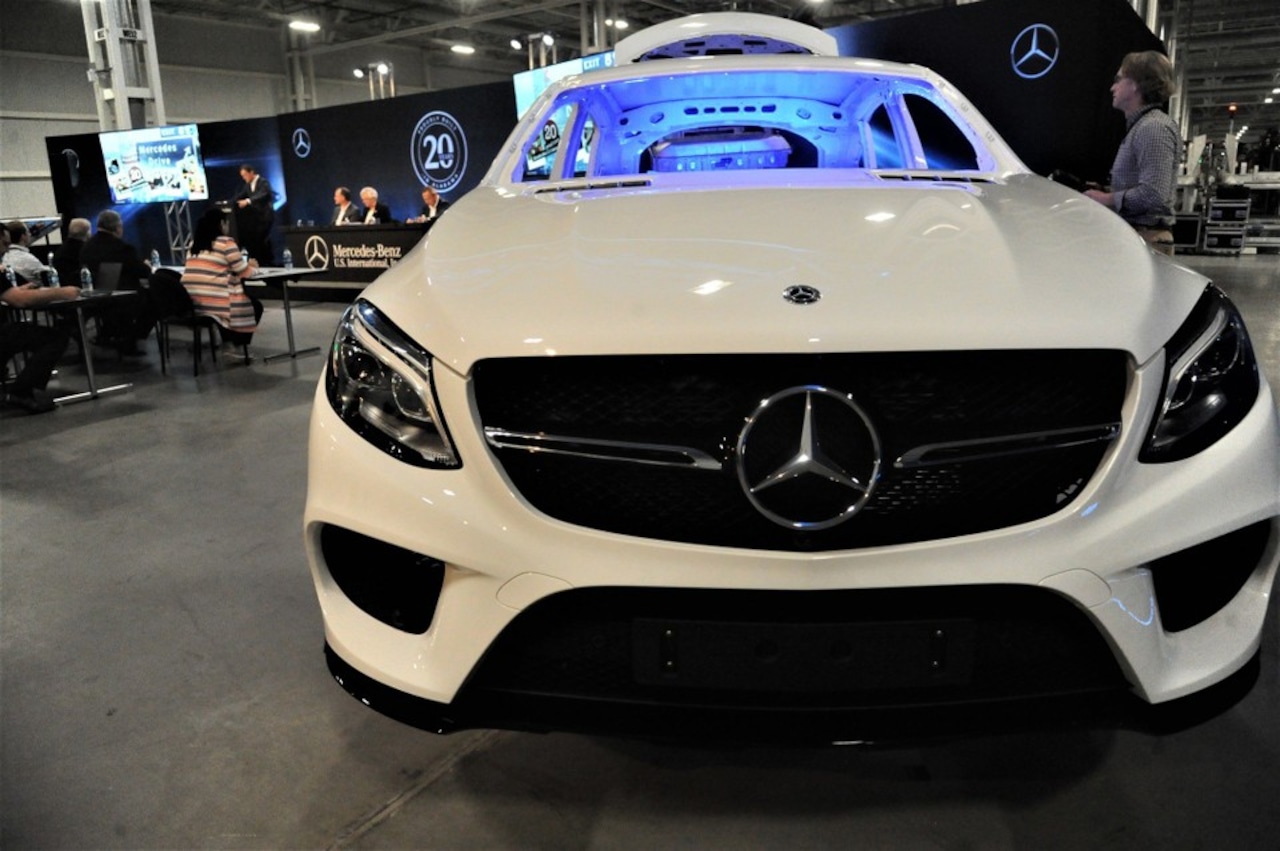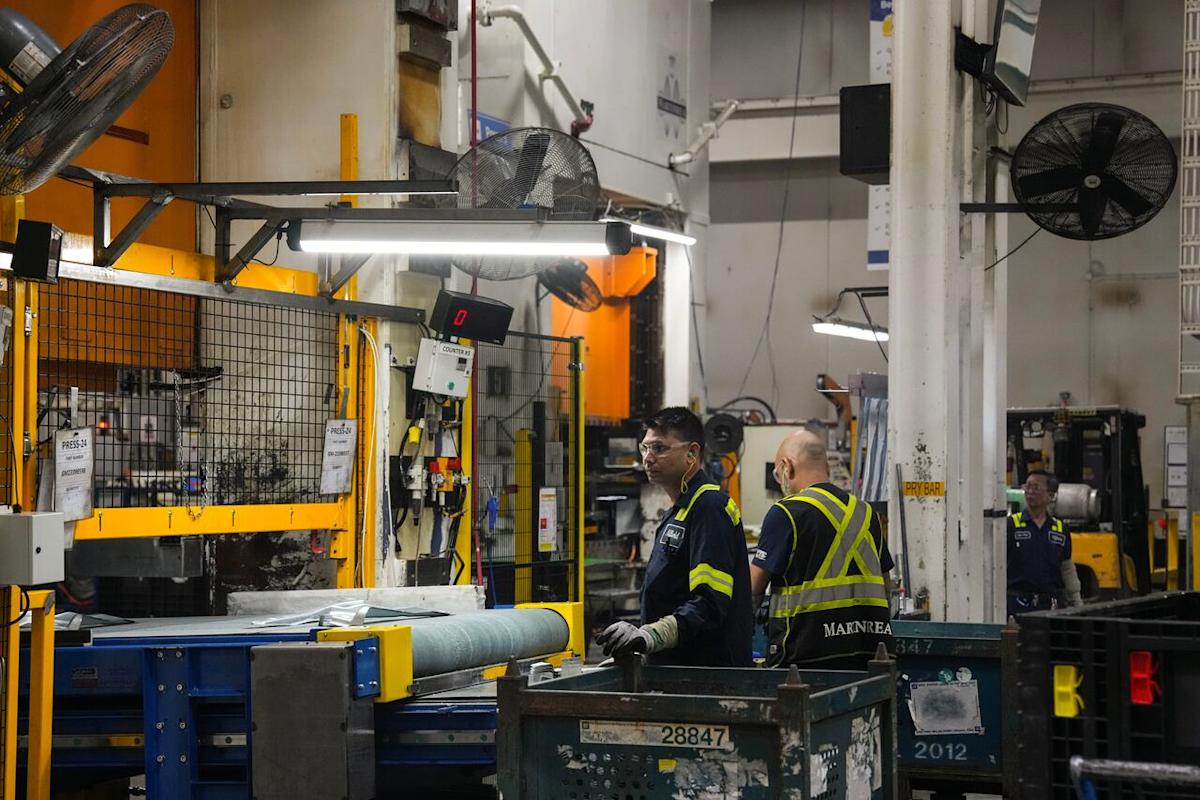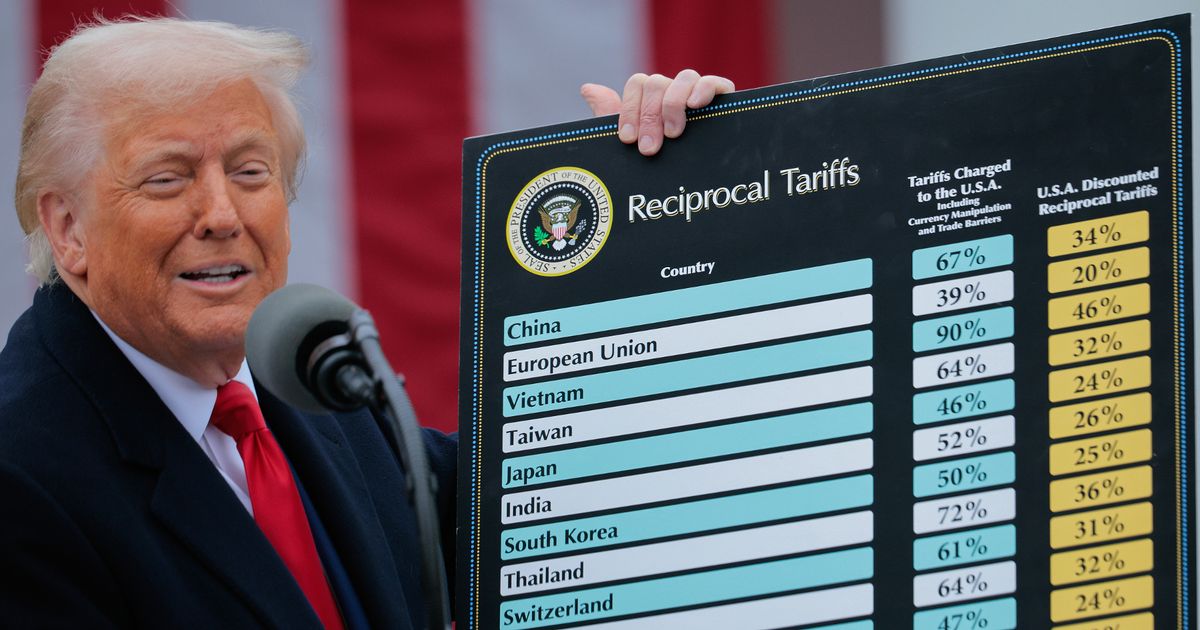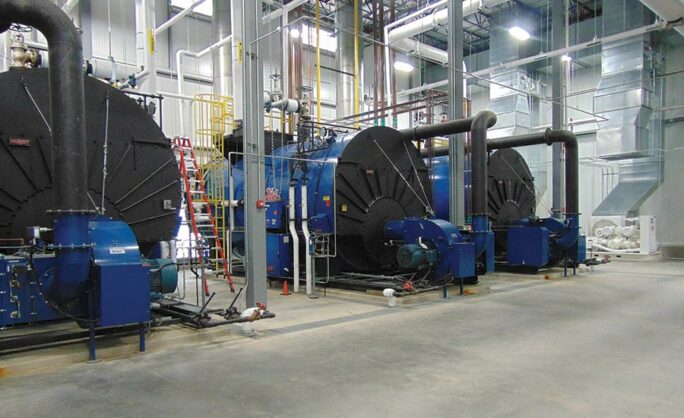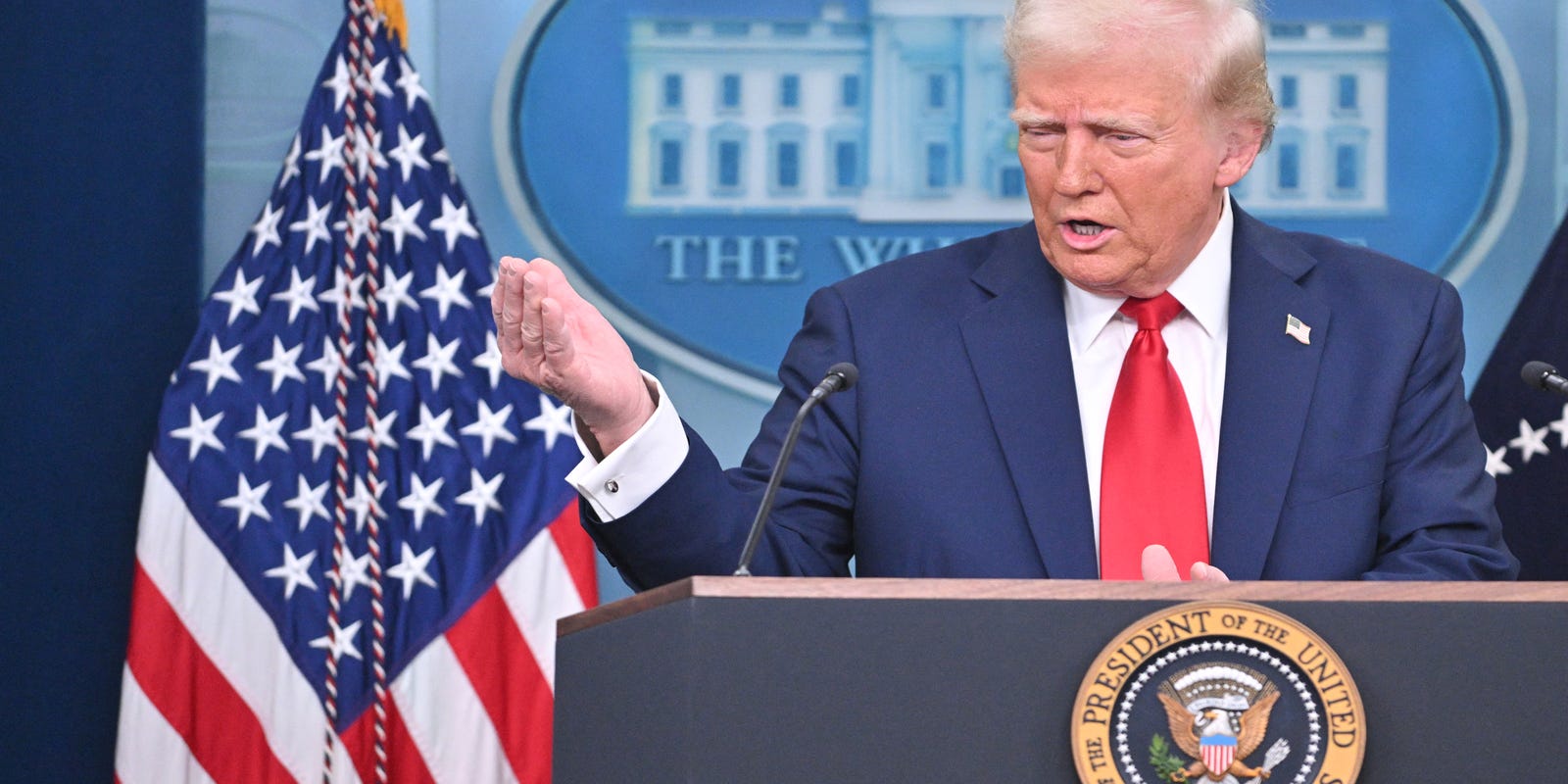From Factory Floor to Digital Frontier: How Tech Platforms Are Reshaping Manufacturing Talent
Manufacturing
2025-04-10 09:00:25Content
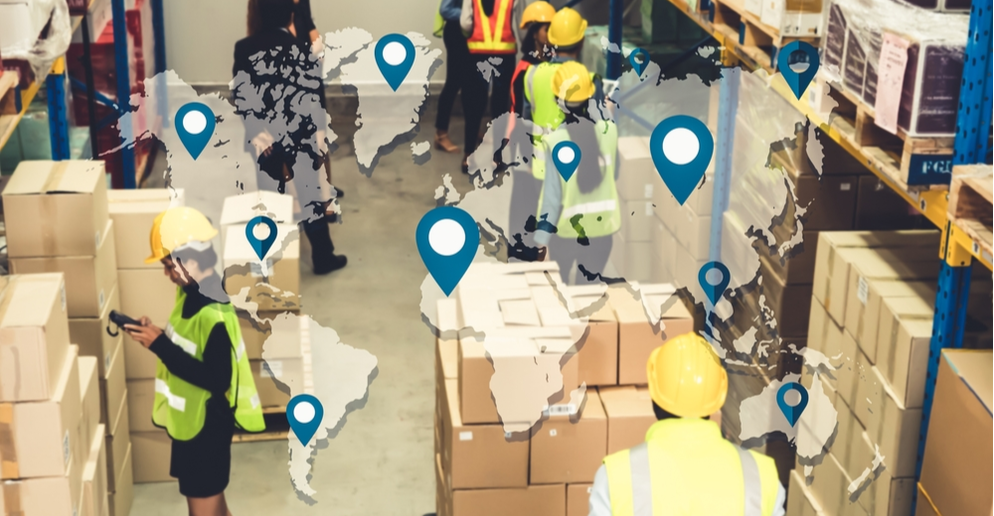
The American manufacturing landscape has been undergoing a profound and often overlooked transformation over the past two decades. What was once the backbone of the nation's economic prowess has been experiencing a silent but significant erosion. Between 2000 and 2010, the United States witnessed an unprecedented exodus of manufacturing jobs, with approximately six million positions vanishing from the industrial landscape.
This dramatic decline represents more than just a statistical shift; it tells a story of economic restructuring, technological disruption, and global competitive pressures. Manufacturing, which historically symbolized American innovation and economic strength, has been steadily losing ground to overseas competitors and rapidly evolving technological paradigms.
The implications of this industrial contraction extend far beyond mere numbers. Communities that once thrived on manufacturing have experienced economic upheaval, with workers facing challenging transitions and local economies struggling to adapt. The shift reflects broader trends of globalization, automation, and the rising economic power of emerging markets.
While some sectors have shown resilience and innovation, the overall trajectory of American manufacturing has been one of gradual but persistent transformation. Understanding this complex narrative requires a nuanced view of economic change, technological advancement, and the ongoing redefinition of industrial capabilities in the 21st century.
The Silent Erosion: America's Manufacturing Landscape in Transformation
In the complex tapestry of economic evolution, the United States manufacturing sector stands at a critical crossroads, facing unprecedented challenges that threaten its historical dominance and economic resilience. The narrative of industrial transformation is not merely a statistical account but a profound reflection of technological disruption, global competition, and structural economic shifts.Navigating the Turbulent Waters of Industrial Reinvention
The Declining Manufacturing Paradigm
The American manufacturing landscape has undergone a seismic transformation over the past two decades, characterized by a dramatic decline that extends far beyond simple economic fluctuations. Between the early 2000s and 2010, the sector experienced a profound contraction, losing approximately six million jobs—a staggering figure that represents more than just numerical data but symbolizes the fundamental restructuring of industrial capabilities. This decline is not a result of a single factor but a complex interplay of globalization, technological advancement, and shifting economic priorities. Automation, offshore manufacturing, and increasingly competitive international markets have systematically dismantled traditional manufacturing strongholds, forcing industries to reimagine their operational strategies.Technological Disruption and Economic Adaptation
The emergence of advanced technologies like artificial intelligence, robotics, and machine learning has fundamentally redefined manufacturing processes. Traditional manufacturing roles are being rapidly replaced by sophisticated automated systems that promise higher efficiency, precision, and cost-effectiveness. Companies are no longer competing solely on labor costs but on technological innovation and adaptability. The most successful manufacturers are those who can seamlessly integrate cutting-edge technologies, develop agile supply chains, and create value through intelligent manufacturing ecosystems.Global Competition and Strategic Repositioning
International economic dynamics have dramatically reshaped the manufacturing landscape. Emerging economies like China and India have positioned themselves as global manufacturing powerhouses, offering competitive production costs and increasingly sophisticated technological capabilities. American manufacturers are compelled to move beyond traditional mass production models and focus on high-value, technologically advanced manufacturing segments. This strategic pivot requires significant investments in research and development, workforce training, and innovative manufacturing technologies.Workforce Transformation and Skills Revolution
The manufacturing workforce is undergoing a radical metamorphosis. Traditional manual labor skills are being replaced by advanced technical competencies that require sophisticated digital literacy, programming knowledge, and systems thinking. Educational institutions and industry partnerships are crucial in bridging the skills gap, developing comprehensive training programs that prepare workers for the next generation of manufacturing roles. The future workforce will be characterized by adaptability, continuous learning, and interdisciplinary expertise.Sustainable Manufacturing and Environmental Considerations
Modern manufacturing is increasingly defined by sustainability imperatives. Companies are integrating environmental considerations into their core strategic planning, recognizing that long-term competitiveness depends on ecological responsibility. Green manufacturing practices, circular economy principles, and carbon-neutral production processes are no longer optional but essential competitive differentiators. Manufacturers who can demonstrate environmental stewardship while maintaining economic efficiency will lead the next industrial revolution.Policy and Economic Ecosystem
Government policies, trade agreements, and economic incentives play a critical role in shaping the manufacturing landscape. Strategic investments in infrastructure, research funding, and supportive regulatory frameworks can significantly influence industrial competitiveness. The future of American manufacturing depends on a holistic approach that balances technological innovation, workforce development, and strategic economic planning. It requires collaborative efforts between government, industry, and educational institutions to create a robust and adaptive manufacturing ecosystem.RELATED NEWS
Manufacturing
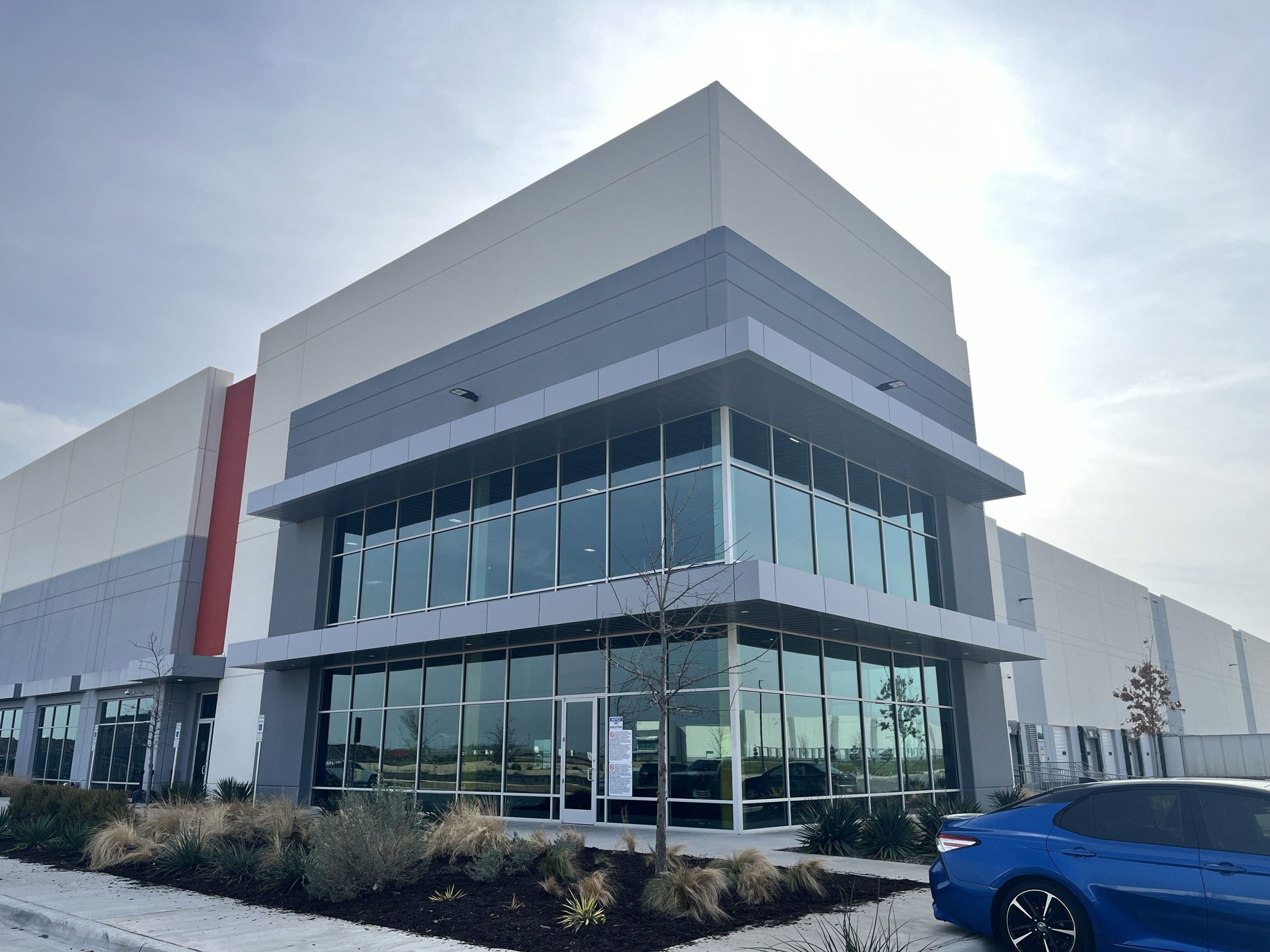
Tech Giant Siemens Unleashes $10B Boost: AI and Manufacturing Set to Revolutionize U.S. Industrial Landscape
2025-03-24 10:08:21
Manufacturing

Pharma's Path Forward: J&J Chief Calls for Smart Tax Strategy Over Trade Barriers
2025-04-15 14:21:54
Manufacturing
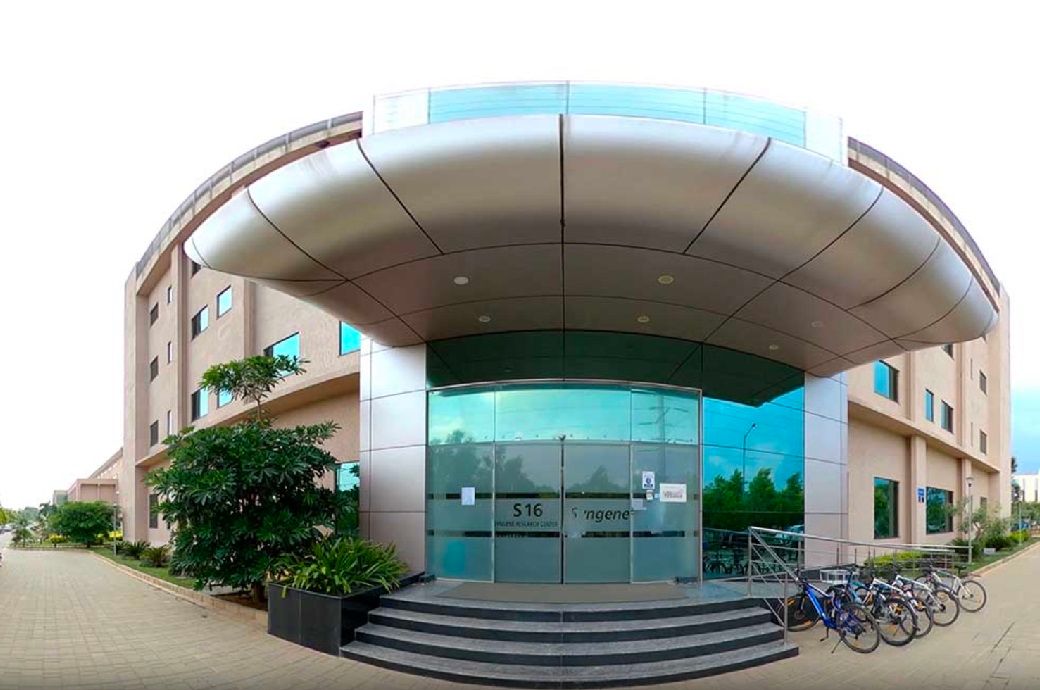
Syngene Expands Global Footprint: First US Manufacturing Plant Signals Strategic Growth
2025-03-12 15:15:13
